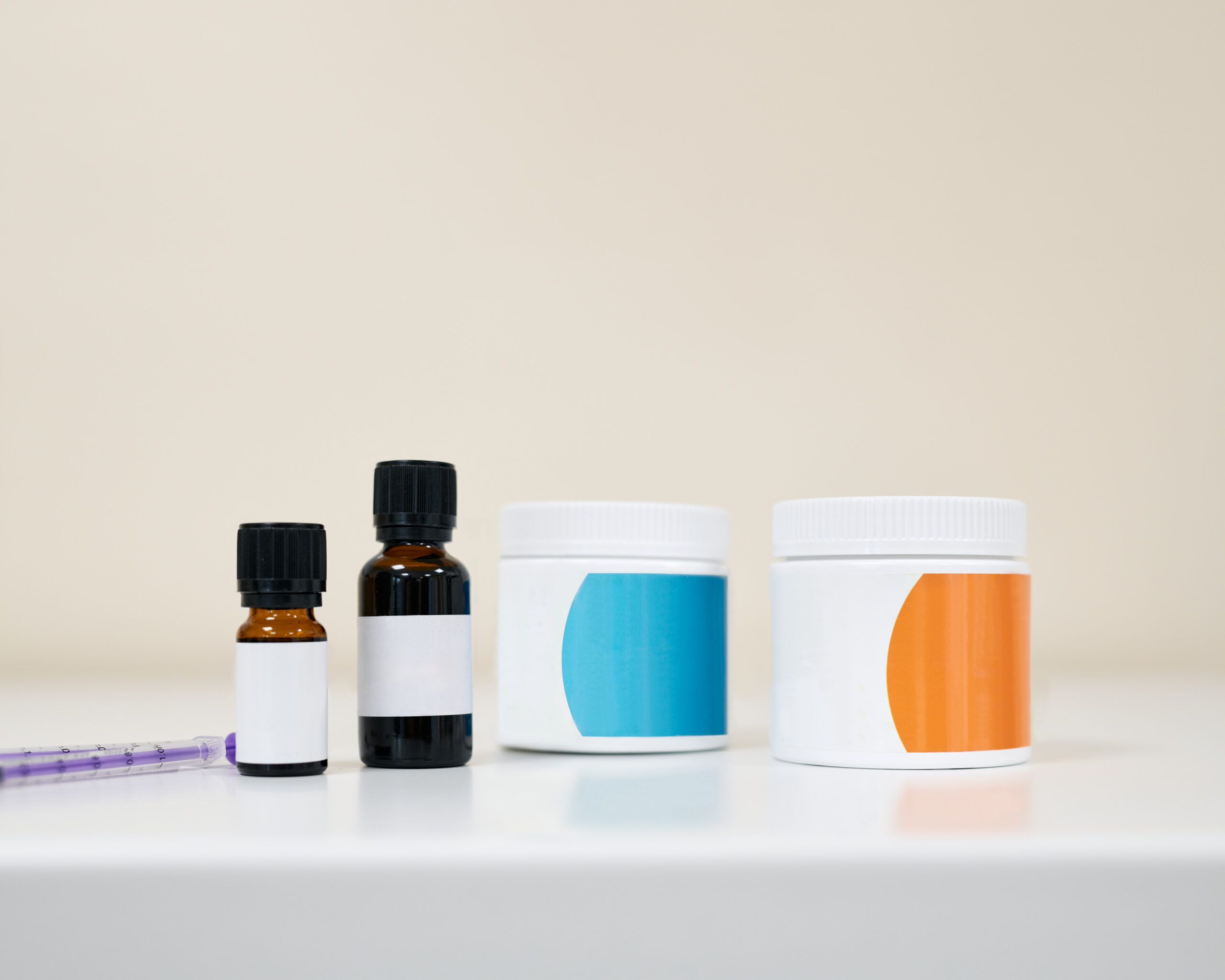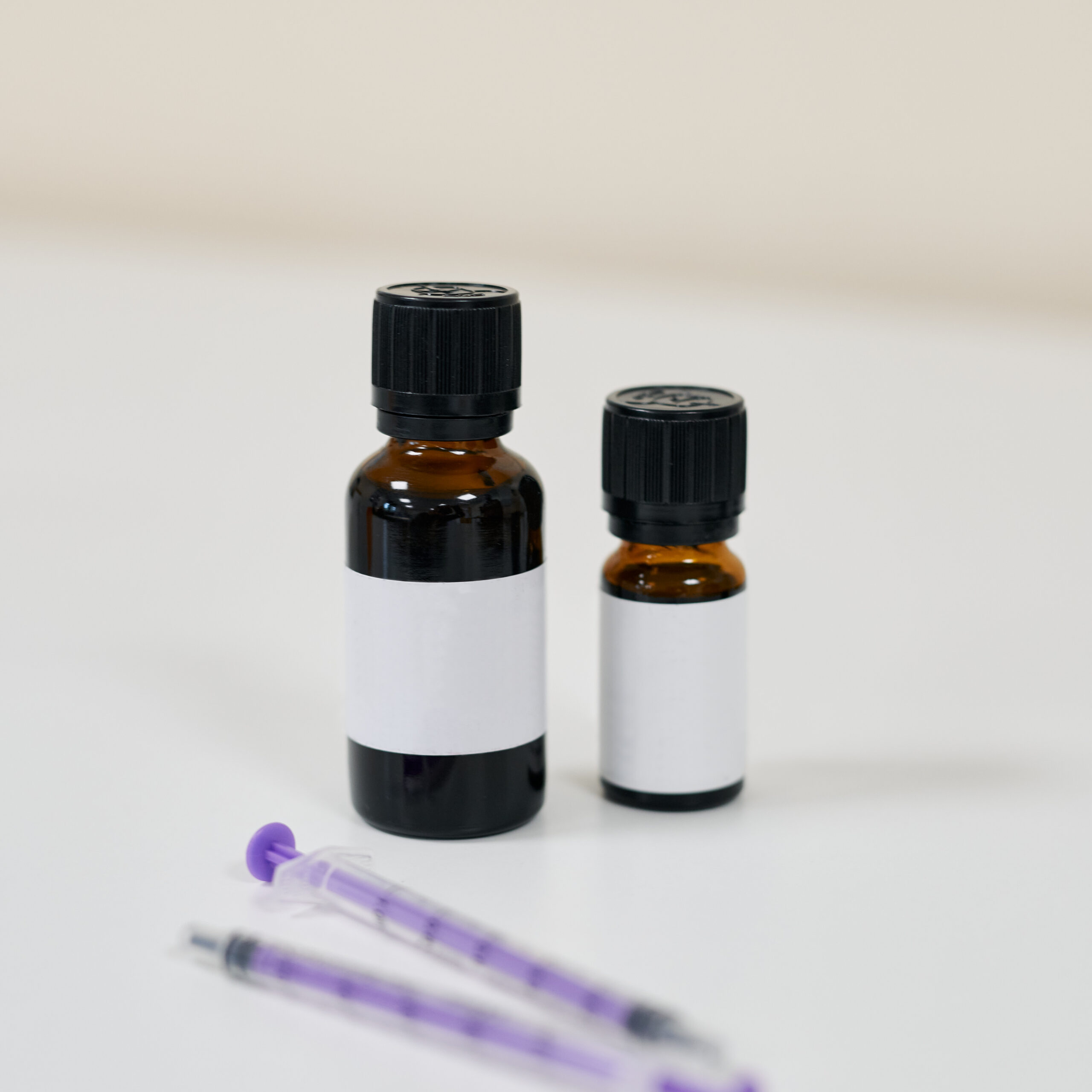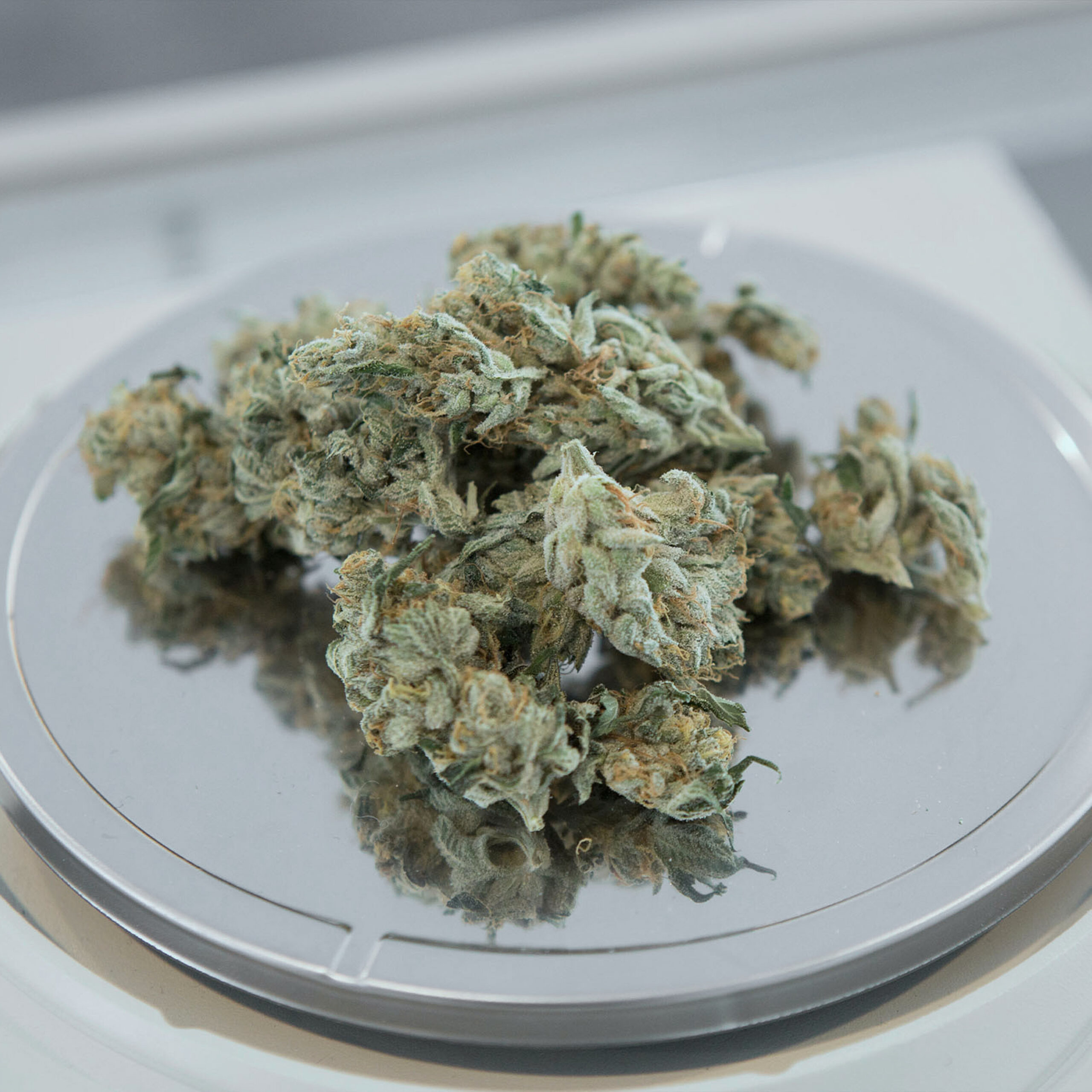Medical cannabis contains controlled amounts of THC and CBD, both components are necessary for the relief of multiple medical conditions. Over-the-counter CBD products cannot legally contain more than 0.3% THC.
THC and CBD stimulate the CB1 and CB2 receptors in the endocannabinoid system, within the human body, and can benefit patients by easing pain, reducing nausea, alleviating anxiety, improving appetite and sleep patterns.
Medical cannabis offers a personalised approach to treatment, allowing patients to choose specific strengths and delivery methods, and potentially reducing their reliance on other pain medications that might be ineffective or causing unwanted side effects.
Medical cannabis can only be prescribed by Specialist Consultants who are registered with the General Medical Council; it is very rarely prescribed by GPs and Consultants working within the NHS.
Medical cannabis is regulated by the MHRA (Medicines and Healthcare products Regulatory Agency); the organisation responsible for ensuring the safety, quality, and effectiveness of medicines in the UK.

Medical cannabis contains controlled amounts of THC and CBD, both components are necessary for the relief of multiple medical conditions. Over-the-counter CBD products cannot legally contain more than 0.3% THC.
THC and CBD stimulate the CB1 and CB2 receptors in the endocannabinoid system, within the human body, and can benefit patients by easing pain, reducing nausea, alleviating anxiety, improving appetite and sleep patterns.
Medical cannabis offers a personalised approach to treatment, allowing patients to choose specific strengths and delivery methods, and potentially reducing their reliance on other pain medications that might be ineffective or causing unwanted side effects.
Medical cannabis can only be prescribed by Specialist Consultants who are registered with the General Medical Council; it is very rarely prescribed by GPs and Consultants working within the NHS.



